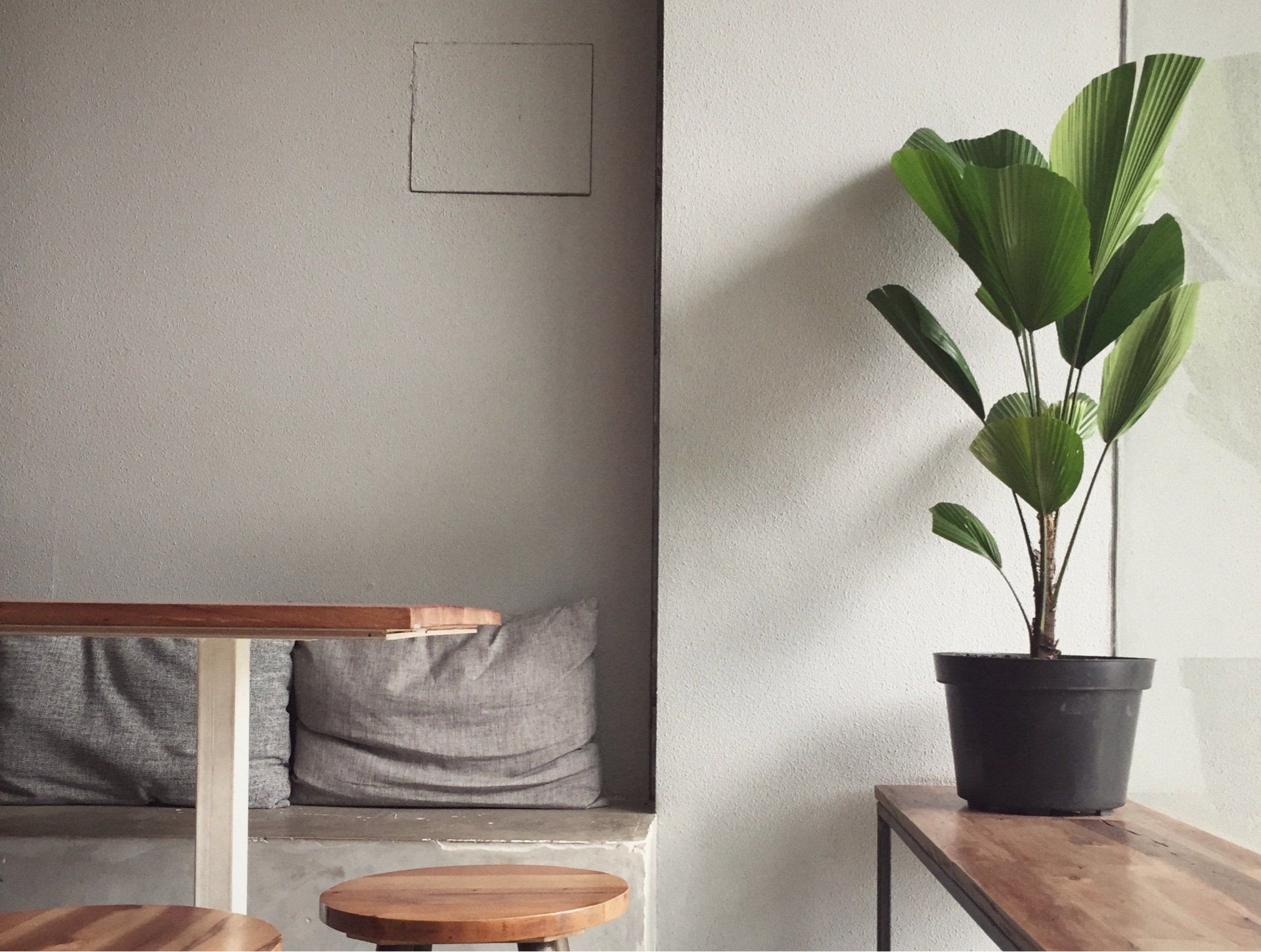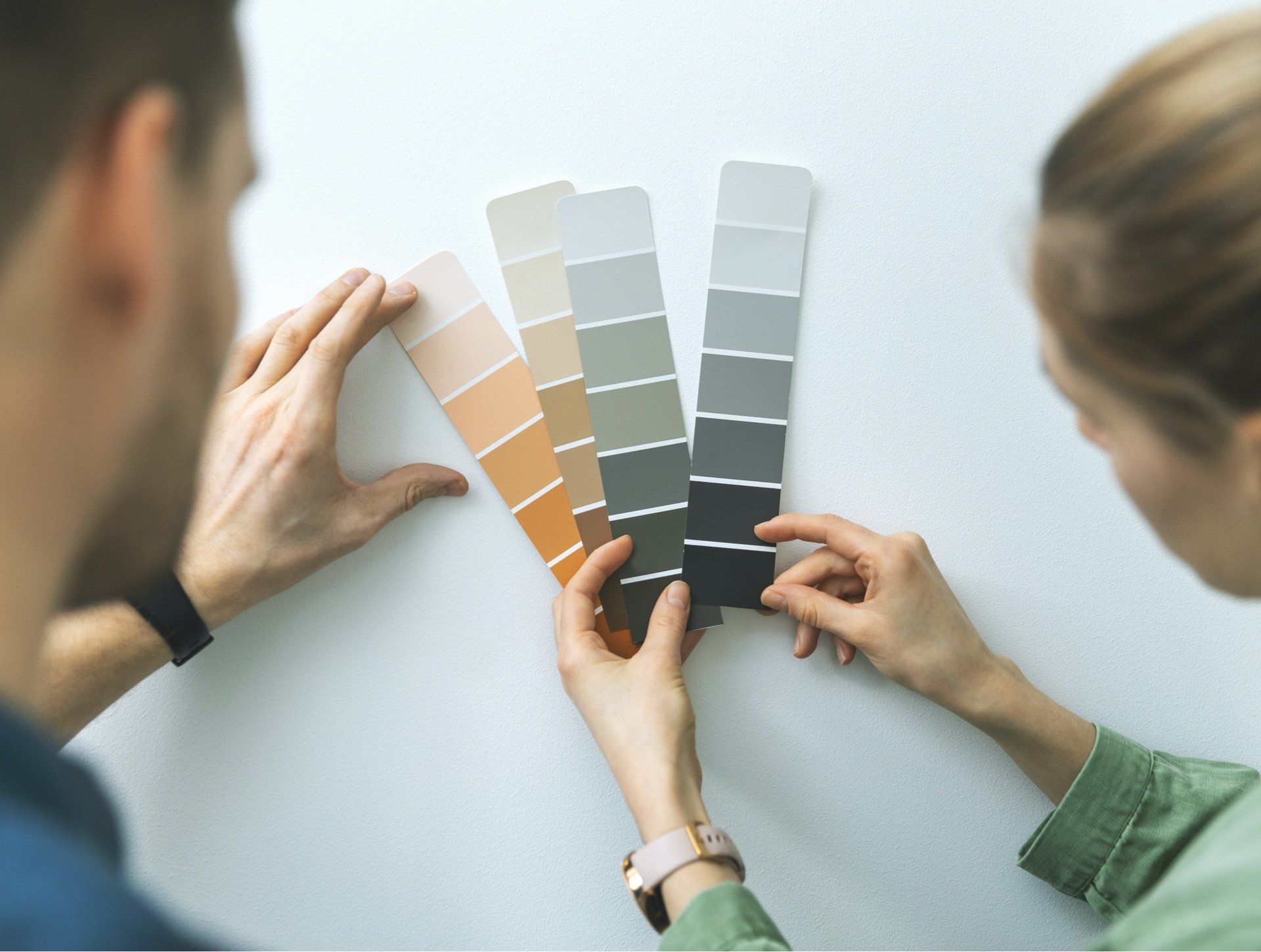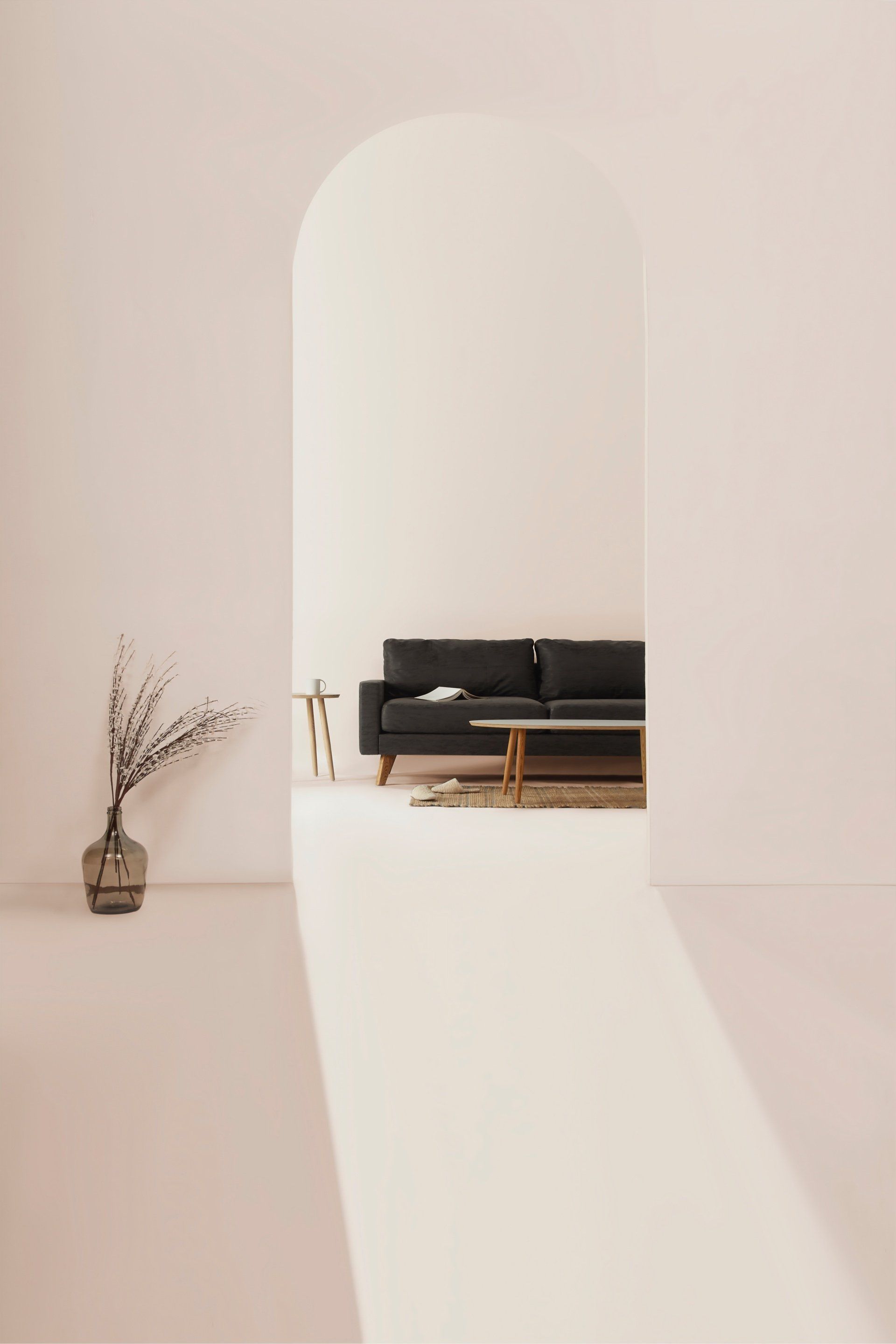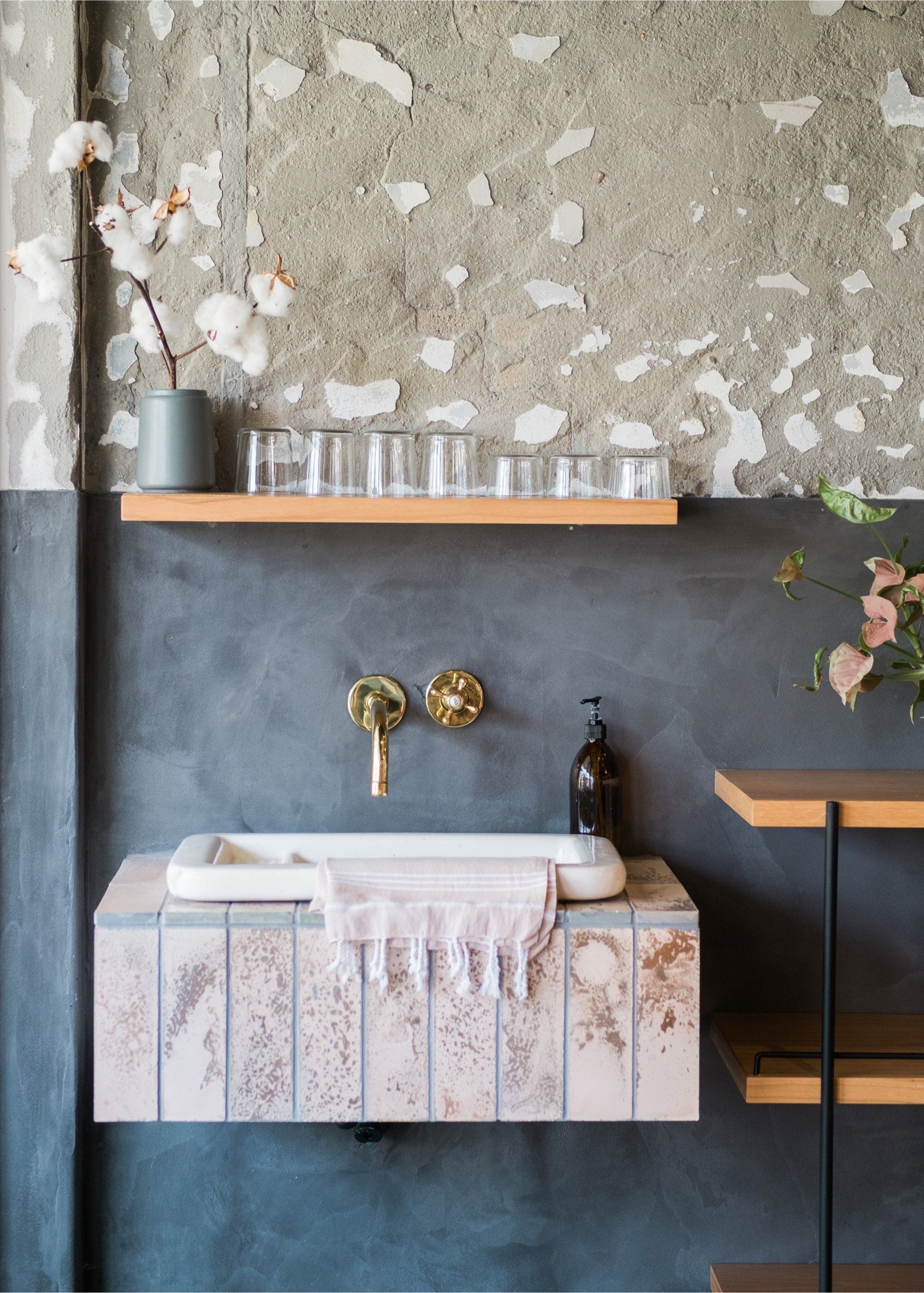Differentiate Interior And Exterior Paint
While there might not be a lot of difference in the physical appearance of these paints, different characteristics help distinguish them. Some things to look at include drying time, VOC levels, weather resistance, pigment quality, additives, cleanliness, and outgassing.
Interior paints are stain-resistant, washable, and abrasion-resistant. They also have no fungicides, cure without the help of sunlight, and have low VOC levels.
On the other hand, exterior paints have fungicides to prevent mold growth, resins for safe expansion, and high VOC levels. They also require sunlight to dry and are chip and water- resistant.
Type Of Paint
We advise clients to understand the type of surface they are painting and the room's purpose before choosing the best paint.
Undersanding The Surface
Paint Finish
Paint finishes make a big difference in how the surfaces look. The standard options are eggshell, gloss, matte, semi-gloss, and satin.
Color Pigment
Using highly-pigmented colors helps us cover more space faster, reducing the number of coats needed. It helps cut down the project's time and cost.
Brand
Different brands use different materials to make their paints. Research various brands, read what clients say, and look at end products of projects that used that paint.
Get a Swatch
Before choosing a color or brand, we advise clients to get a swatch on a material similar to the one that they are painting. That gives them a clear picture of the results to expect.






